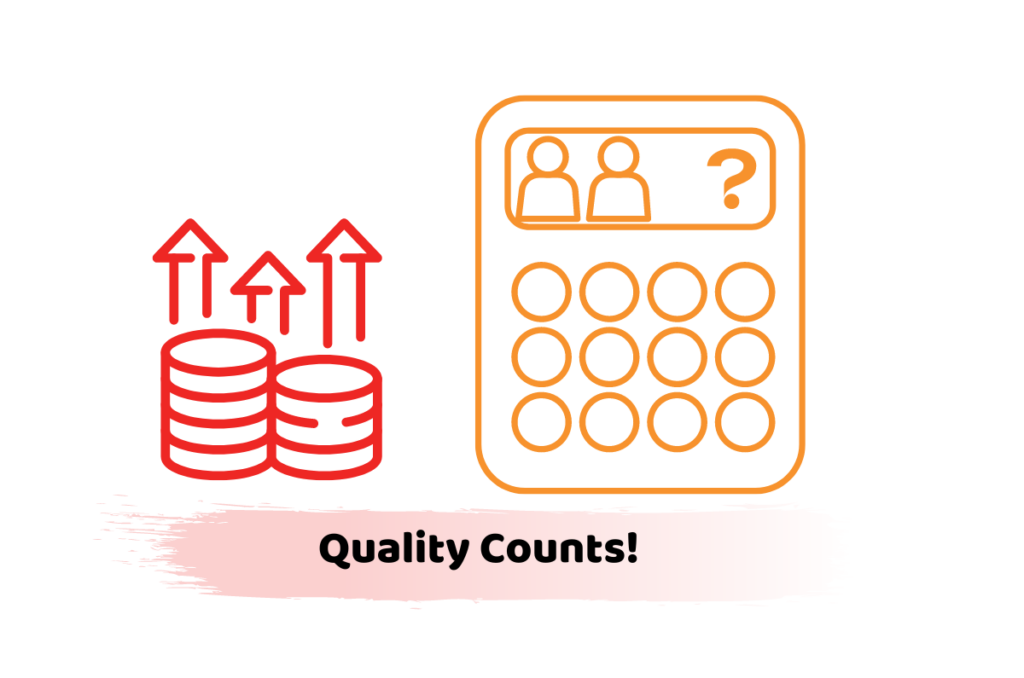The exemption from capital gains tax (CGT) for a dwelling that is the taxpayer’s ‘only or main residence’ is an important one for homeowners. The value of the exemption means that some may be tempted to claim it on properties that may not clearly fall within its parameters. We must therefore look at what is meant by an only or main residence. In its online guidance headed ‘Work out tax relief when you sell your home’, under ‘What counts as your home?’ HMRC states: “You must have lived in your home as your only or main residence at some point while you owned it…”
Quality of Occupation
As intimated by HMRC, the important factor to remember is that the exemption applies on the disposal of a dwelling-house or part of a dwellinghouse which is, or has at any time in their period of ownership been, the owner’s only or main residence. Having a dwelling designated as the only or main residence throughout the period of ownership means that the gain accruing during that period of occupation will normally be exempt from CGT. It will also mean that certain periods (e.g., the last nine months) will be exempt even if the property is not then occupied. Various court cases have determined that whether a property has been a residence depends on the quality of occupation. For example, in Moore v Thompson (1986) 61 TC 15 it was noted that “even occasional and short residence in a place can make that a residence; but the question [is] one of fact and degree”.
Court and Tribunal Cases
Someone who has been living in a property for only a short period before selling it may gain an insight from the following legal decisions:
- Goodwin v Curtis (1998) 70 TC 478: The taxpayer lived in a farmhouse for 32 days and the court held this was only a temporary occupation, so the house was not his residence.
- Harte v HMRC (TC01951): The short periods that the owner lived in a house did not qualify for main residence relief.
- Moore v HMRC (TC02827): The court held that a house was not a long-term dwelling because it was occupied for only a few months between the owner separating from his wife and buying another house.
- Iles v HMRC (TC03565): A flat occupied for only 25 days did not qualify.
The owners did not qualify for relief in the above cases, but in Dutton Forshaw v HMRC (TC04644), although a flat was occupied for only seven weeks, there was evidence that it would have been occupied for longer had he not had to live elsewhere, so relief was granted. The gain was also exempt in Bailey v HMRC (TC06085), where the owner had intended the property to be his main residence but had to move out after a short period because he could not get a mortgage and for health reasons.
More than Just Intention
We can see from these cases that, generally, for a property to be an only or main residence, there should be a degree of permanence or expectation of continuity. Mere intention to occupy a house for a longer period is unlikely to be sufficient without good evidence of other factors preventing this. Further, the dwelling should be occupied as a residence. This will mean more than, say, simply sleeping at the property. The occupant should be able to cook and eat, bathe and spend leisure time there. If it is felt that a property’s status as a main residence might be questioned, evidence of this (e.g., bills and photographs of the property in use) may prove conclusive.
Practical Tip
In its guidance, HMRC also states: “You don’t get tax relief if you bought it just to make a gain.” This is based on a less well-known part of the legislation (TCGA 1992, s 224(3)).





















































